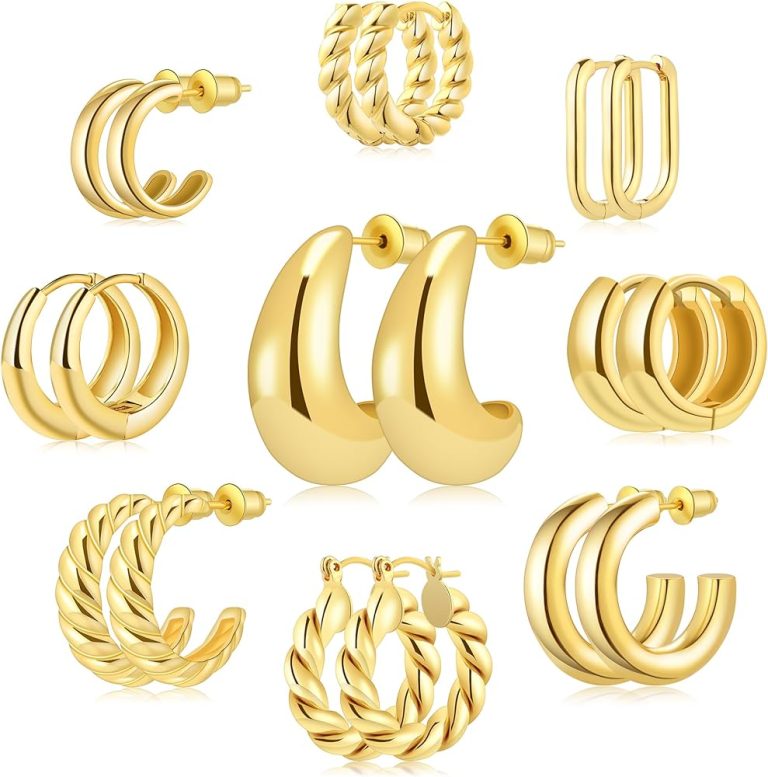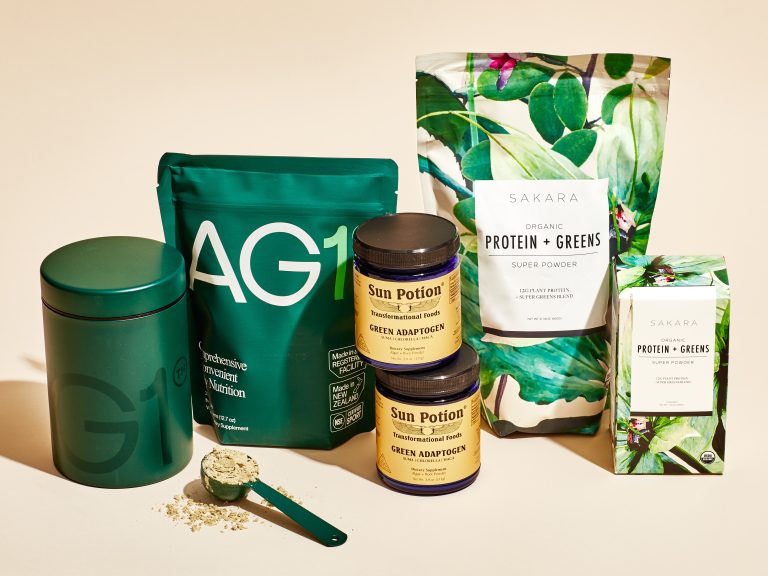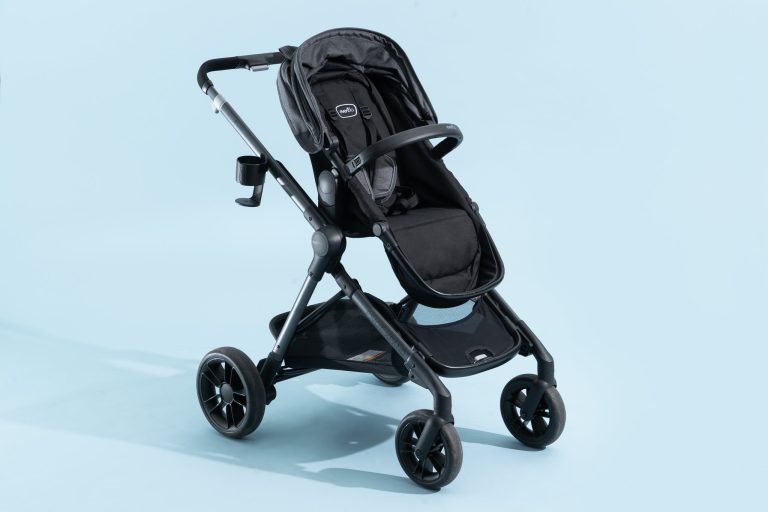9 Best Camping Gear Essentials for a Safe and Enjoyable Outdoor Adventure
Planning your next camping trip and not sure what gear to bring? Choosing the right equipment can make or break your outdoor adventure. Whether you’re a seasoned camper or a newbie, having the best gear ensures you stay comfortable, safe, and ready for anything nature throws your way.
1. Essential Shelter: The Top Tent Options
Types of Tents for Different Camping Environments
Choosing the right tent depends on your camping environment. For backpacking, lightweight tents are essential. These tents are designed to be compact and easy to carry. In contrast, family camping requires larger tents that can accommodate more people and offer additional space for gear. Dome tents, which are versatile and stable, work well for various environments, including both rugged terrain and campgrounds. For extreme weather conditions, four-season tents are the best option. They’re built to withstand harsh elements such as snow and wind.
Key Features to Consider When Choosing a Tent
Several features make a tent ideal for camping. First, consider the tent’s material. Tough fabrics, like ripstop nylon or polyester, offer durability and resistance to tears. Second, look at the tent’s weight, especially if you’re backpacking. Lighter tents are easier to transport but should also be sturdy. Third, examine the tent’s weather resistance. Waterproof and windproof tents ensure a dry and comfortable shelter. Fourth, check the ventilation features. Mesh windows and vents help reduce condensation and improve airflow. Lastly, consider the setup process. Quick-setup tents with intuitive designs save time and hassle.
2. Sleeping Comfortably: Best Sleeping Bags
Choosing the right sleeping bag helps ensure a comfortable night’s sleep while camping. Here, we’ll cover temperature ratings, insulation types, and tips for maintaining and storing your sleeping bags.
Understanding Temperature Ratings and Insulation Types
Understanding temperature ratings ensures you stay warm. Temperature ratings indicate the lowest temperature at which a sleeping bag will keep you warm. For example, a 20°F bag is suitable for colder conditions, while a 50°F bag works better for warm climates.
Choosing the right insulation type affects comfort. Down insulation, made from duck or goose feathers, provides excellent warmth-to-weight ratio but loses warmth when wet. Synthetic insulation retains warmth even when damp, making it suitable for wet conditions. Look for terms like “fill power” in down bags to determine insulation efficiency; higher fill power means better insulation.
Tips for Maintaining and Storing Sleeping Bags
Follow these tips to make your sleeping bag last longer. After each trip, air it out to prevent moisture buildup that can cause mold. Use a sleeping bag liner to reduce the need for frequent washing, which can wear out insulation.
Store it properly to maintain loft. Avoid squeezing it into tight stuff sacks for long periods. Instead, use a large storage bag or hang it in a cool, dry place. When washing, follow manufacturer instructions to avoid damaging the fabric or insulation. For down bags, a front-loading washer and dryer on low heat work best. For synthetic bags, use a gentle cycle and air dry or tumble dry on low.
Incorporating these practices will extend the life of your sleeping bag, keeping your investment in top condition for years of adventures.
3. Secure Your Sleep: Top Camping Mats and Pads
Choosing the right mat or pad can make a world of difference for your comfort while camping. Let’s dive into the options and what to consider.
Differences Between Air Pads, Foam Pads, and Self-Inflating Pads
Understanding the differences between air pads, foam pads, and self-inflating pads can help you make an informed choice. Air pads, made from lightweight and compact materials, are great for backpackers. These pads require manual inflation but offer good cushioning and are easy to pack. Foam pads, constructed from closed-cell foam, are durable and provide consistent insulation against the cold ground. They don’t require inflation and can be used in almost any condition. Self-inflating pads combine the benefits of both air and foam pads. They automatically inflate to a degree but can be adjusted for firmness. They offer comfort and insulation but can be bulkier than other options.
Choosing the Right Size and Thickness for Comfort
Selecting the right size and thickness is crucial for a good night’s sleep. Look for a mat or pad that matches your height and sleeping style. Standard sizes usually range from 72 inches (regular) to 78 inches (long). Thickness affects both comfort and warmth. A pad thickness of at least 1.5 inches provides moderate comfort, while 2.5 inches or more offers enhanced cushioning. Thicker pads are ideal if you sleep on your side or want extra insulation from the ground. Remember to check the R-value, which rates the pad’s insulation; higher values mean better warmth retention, especially important in colder climates.
4. Cook Like a Pro: Best Camping Stoves
Choosing the right camping stove can make a significant difference in your outdoor cooking experience. Whether prepping for a quick breakfast or a multi-course meal, here’s what you need to know.
Single-Burner vs. Multi-Burner Options
Single-burner stoves are compact and lightweight, making them ideal for solo campers or minimalist trips. They provide enough heat to boil water quickly and cook simple meals. Look for models like the MSR PocketRocket 2, known for its efficiency and ease of use.
Multi-burner stoves offer more cooking versatility, ideal for family camping or group trips. With options like the Coleman Classic Propane Stove, you can cook multiple dishes simultaneously, giving you the flexibility to whip up a hearty meal. These stoves are bulkier but provide a home-like cooking experience outdoors.
Fuel Types and Efficiency
Propane stoves are common, offering convenience and reliable performance. They work well in various weather conditions and are easy to use. Consider the Coleman Gas Camping Stove for its dependable fuel efficiency.
Butane stoves are lightweight and highly portable, good for short trips. They struggle in cold weather, so they’re best for warmer climates. The Camp Chef Butane Stove is a top pick for its compact size and quick setup.
Liquid fuel stoves are versatile and perform well in extreme conditions. They require regular maintenance but are great for long expeditions. The MSR WhisperLite International is popular for its rugged build and multi-fuel capability.
5. Stay Hydrated: Essential Water Filters and Purification Systems
Access to clean water while camping is crucial for your health. Let’s explore the best water filters and purification systems to ensure you stay hydrated.
Types of Water Purifiers Suitable for Campers
Choose from several types of water purifiers based on your needs.
- Pump Filters: Use a manual pump mechanism to filter out bacteria and protozoa. Ideal for groups and larger quantities of water.
- Gravity Filters: Utilize gravity to filter water through a bag system. Perfect for campsite setups and effortless filtration.
- Straw Filters: Allow you to drink directly from a water source. Best for solo campers and ultralight backpackers.
- Bottle Filters: Combine a bottle with an integrated filter. Convenient for on-the-go filtration and regular use.
- Chemical Purifiers: Use tablets or drops containing chlorine dioxide or iodine. Effective against viruses but may alter taste.
- UV Purifiers: Employ ultraviolet light to disinfect water. Quick and effective but require batteries.
Tips for Ensuring Safe Drinking Water in the Wilderness
Follow these tips to guarantee safe water during your camping trips:
- Test Water Sources: Select clear, flowing water sources over stagnant ones.
- Pre-Filter Water: Use a cloth or bandana to remove large particles before purification.
- Follow Manufacturer Instructions: Adhere to product guidelines to ensure effectiveness.
- Carry Backup Options: Pack extra purification tablets or a spare filter.
- Store Treated Water Properly: Use clean, designated containers to avoid contamination.
- Maintain Your Equipment: Clean and dry your filters and purifiers after use to prolong their lifespan.
By choosing the right water purifier and following these tips, you’ll ensure safe drinking water and stay hydrated throughout your camping adventures.
6. Illuminate Your Campsite: Top-Quality Camping Lanterns
Good lighting can make a huge difference during your camping trip. Let’s explore the benefits of LED lanterns versus gas lanterns and the key features to look for in a durable camping lantern.
Benefits of LED Lanterns vs. Gas Lanterns
Understanding the advantages of each can help you choose the right one for your campsite.
- Energy Efficiency: LED lanterns are more energy-efficient. They use less power and often run on batteries, which are safer and easier to carry.
- Brightness Control: LED lanterns support adjustable brightness settings. You can easily modify light levels to suit different activities.
- Safety: LED lanterns don’t produce heat. They’re safer around kids and flammable materials.
- Lightweight: LED lanterns are generally lighter. They’re ideal for backpacking or carrying over long distances.
- Instant Lighting: LED lanterns power on instantly. No need to wait for warm-up like gas lanterns.
- Eco-Friendly: LED lanterns are better for the environment. They don’t emit harmful gases.
- Longer Runtime: Gas lanterns often have a longer runtime. You can expect uninterrupted lighting for extended periods.
- Weather Resilient: Gas lanterns are more rugged. They withstand harsh weather conditions better than LEDs.
- Brightness: Gas lanterns can produce stronger light. They might illuminate a wider area, beneficial for larger groups.
Features to Look for in a Durable Camping Lantern
Selecting a durable lantern ensures it withstands the rigors of outdoor adventures.
- Battery Life: Look for a lantern with long battery life. Consider rechargeable options for convenience.
- Water Resistance: Choose a lantern with high water resistance. It handles unexpected rain or damp conditions.
- Brightness Levels: Various brightness settings enhance versatility. Ensure it has multiple modes for different scenarios.
- Durability: Materials like high-grade plastic or aluminum improve longevity. Check for robustness against drops and impacts.
- Portability: A compact, lightweight design aids in easy transport. Look for foldable handles or hooks.
- Power Source: Consider lanterns with diverse power sources. Options like solar power or hand-crank can be lifesaving.
- Ease of Use: Simple controls and easy maintenance are crucial. Opt for user-friendly designs with straightforward battery installation.
By evaluating these features and benefits, you can find the perfect lantern to keep your campsite brightly lit and safe.
7. Keep Everything Powered: Best Portable Power Sources
When you’re out in the wilderness, keeping your gadgets charged can be a lifesaver. Here are the best portable power sources for your camping needs.
Solar Chargers vs. Battery Packs
Choosing between solar chargers and battery packs depends on your camping environment and power requirements.
Solar Chargers: Ideal for sunny locations, these devices convert sunlight into power, keeping your gear charged without depleting a battery. They’re eco-friendly and perfect for extended trips where you can’t plug in regularly. For example, solar panels like the Goal Zero Nomad are lightweight and foldable, making them easy to carry. However, they can be less reliable on cloudy days.
Battery Packs: These rechargeable units store energy in advance, allowing you to charge your devices on demand. Battery packs, such as the Anker PowerCore series, offer high capacity and multiple charging ports. They’re reliable in any weather but have a finite power supply that eventually needs recharging.
Guidelines for Choosing the Right Capacity and Output
Selecting the right portable power source involves understanding your power needs and the devices you’ll be using.
Capacity: Measure capacity in milliampere-hours (mAh). For instance, a 20,000 mAh battery pack can charge a smartphone several times over. Calculate your total device consumption to determine the capacity you need.
Output: Look at output ratings in volts (V) and amperes (A). High-output options provide faster charging. If you have power-hungry gadgets like tablets or cameras, choose sources with multiple USB ports and quick charge capabilities.
Using these tips, you can ensure your gear stays powered and ready, no matter how remote your campsite.
8. Camping Tools and Gadgets: Must-Have Accessories
Camping’s more enjoyable when you’ve got the right tools and gadgets. They ensure safety and add convenience to your outdoor experience.
Essential Tools for Safety and Convenience
- Multi-Tool: Pack a reliable multi-tool for versatility. It can include pliers, a knife, a screwdriver, and even scissors. This tool’s essential for quick fixes and unexpected situations.
- First Aid Kit: Carry a fully stocked first aid kit. Make sure it has bandages, antiseptic wipes, tweezers, and pain relief medication. You never know when minor injuries might happen.
- Fire Starter: Keep a fire starter handy. Opt for waterproof matches or a fire steel. This ensures you can start a fire even in damp conditions.
- Portable Water Filter: Bring a portable water filter as a backup. Even if you have a main filtration system, this is crucial for emergencies or short hikes.
- Compass and Map: Don’t rely solely on GPS. A compass and a detailed map of your camping area are critical for navigation if technology fails.
- Solar-Powered Lantern: Choose a solar-powered lantern. It reduces the need for extra batteries and provides eco-friendly lighting options.
- Portable Espresso Maker: Enhance your mornings with a portable espresso maker. Enjoy freshly brewed coffee no matter where you are.
- Hand-Crank Radio: Stay informed with a hand-crank radio. It’s a reliable source for weather updates and emergency broadcasts without needing batteries.
- Camping Stove with USB Charger: Opt for a camping stove that doubles as a USB charger. You can cook meals and charge your devices simultaneously, adding convenience to your campsite.
- Inflatable Lantern: Use an inflatable lantern for lightweight, collapsible lighting. It saves space in your backpack and provides ample illumination.
These essential tools and innovative gadgets ensure you’re prepared and comfortable, making your camping trip both safe and enjoyable.
9. Pack and Go: Durable Backpacks for Camping
Choosing the right backpack can significantly enhance your camping experience. It should be robust, spacious, and comfortable, allowing you to carry all your essentials with ease.
Backpack Size and Fitting: Finding the Right Match
Selecting the correct backpack size is crucial. Consider the length of camping trips to determine the right capacity. For weekend trips, 30-50 liters works well. For longer excursions, aim for 50-70 liters. Ensure the backpack fits your torso length and provides adjustable straps for even weight distribution. Test the fit by walking with a loaded pack.
Material and Design Features That Matter
Opt for durable materials like ripstop nylon or polyester to withstand harsh conditions. Weather-resistant coatings protect contents from rain. Look for padded shoulder straps and a ventilated back panel for comfort. Multiple compartments help organize gear efficiently, while external loops and mesh pockets are perfect for easy access to frequently used items.
Conclusion: Final Thoughts on Choosing the Best Camping Gear
Choosing the right camping gear can make or break your outdoor adventure. By investing in high-quality essentials like tents, sleeping bags, and water purification systems, you’re setting yourself up for a safe and enjoyable trip. Don’t overlook the importance of good lighting at your campsite, as well as the utility of multi-tools and portable water filters.
Durable backpacks are crucial for carrying your gear comfortably and efficiently. Pay attention to size, fitting, materials, and design features when selecting one. With the right gear, you’ll be well-prepared to tackle any camping trip with confidence and ease. Happy camping!






